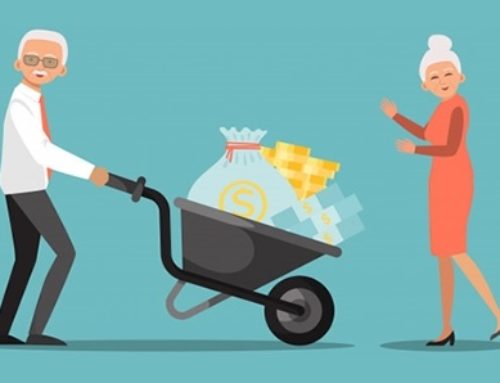Student loan debt and retirement savings aren’t typically discussed together — but a new study suggests they should be.
TIAA-MIT Age Lab research shows that 84% of Americans with student debt say that paying it back affects their ability to save for retirement. Of those who are not saving at all for retirement, more than a quarter point to their student loan debt as the reason. Such findings are especially concerning at a time when an estimated half of all Americans will be financially vulnerable when they retire.
Student loan borrowers face a delicate balancing act in their financial lives as they weigh their responsibility to pay off student debt against other obligations and desires. The TIAA-MIT Age Lab study found that in addition to the impact on retirement savings, young people saddled with the highest levels of debt are also delaying major milestones such as getting married, buying a home, and having children.
By delaying saving for retirement, these young people might lose the ability to take full advantage of the powerful benefits of compound interest, that’s the snowball effect that occurs when reinvesting earnings on one’s savings to generate earnings, gets reinvested to create more earnings, and so on. Over time, compounding can substantially grow a person’s savings, so the earlier one starts saving, the better. Yet research shows that college graduates with student loan debt, no matter how much, accumulate about half the retirement wealth by age 30 than graduates without debt.
It’s important to note that student loan debt is not just a millennial issue. Although the vast majority of borrowers are in their 20s and 30s, Americans age 50 and older hold 20% of the total balance of student loan debt. These are parents and grandparents who have borrowed to fund a loved one’s — or their own — education and who are much closer to retirement than their millennial peers. The challenge for older borrowers is that they have fewer years left in the workforce to “catch up” on their retirement savings.




